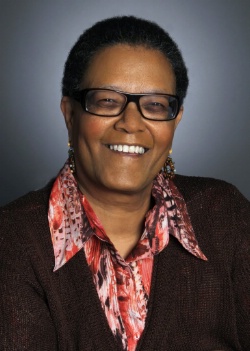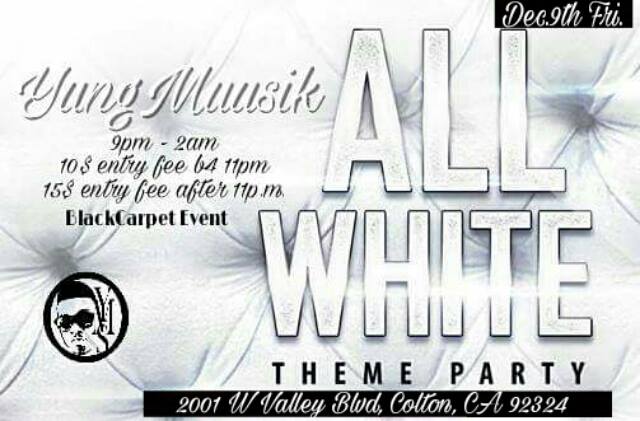“Undercover Brother!”
By Lou Coleman
Pretending to love the Lord! This is a clear reminder that you never know the true condition of the hearts of those around you. Just like the other disciples they never did figure out that Judas was a traitor until after he had betrayed Jesus. They always assumed that he was one of them… Keeping a low profile and camouflaging his hypocrisy. Well, “Undercover Brother” I want you to know that, “You can fool all the people some of the time and some of the people all the time, but you cannot fool all the people all the time,” and you can NEVER fool God! Jesus has warned us to examine our motivation for our good deeds and in [Matthews 7:13-28] along the same lines, He warns us that when we “hear” His words we had better respond, and respond GENUINELY. Superficiality doesn’t do us any good, and it doesn’t fool God. Genuine discipleship, however, is a gift from God to help us. But naw, we think we are so smart, we think we are able to pull a fast one on God. Well you better think again! Adam and Eve tried it to their sorrow [Genesis 2: 15-17; 3: 6, 24]. Believing the devil’s lie, they sneered at and scorned God’s law, but not with impunity. They deluded themselves, thinking they could set aside God’s law and all would be well, but the consequences surely followed and they were driven out of the garden and death came upon man. In [Joshua chapter 7] the man named Achan thought he could fool God. He concealed his sin from others but God was not fooled [READ Joshua 6: 18-19; 7: 1, 11, 20-21]. Gehazi, Elisha’s servant, tried to gain personal profit by lying but God was not fooled [See 2 Kings.5: 15-16, 20-27]. The prophet Jonah tried to run and hide from God but God was not fooled [Jonah 1: 1-3, 17]. Ananias and Sapphira tried to fool God by their lies in [Acts 5] but, the seed of lies produced the awful harvest and cost them their lives. Are you sure you want to go down this road?
You know in the Book of [Mark chapter 14 verses 10-11] it deals with a man named Judas Iscariot; a man who is without a doubt, the most notorious and most vilified of all the disciples. Every time he is mentioned in the Bible, the Word of God reminds us that he is a traitor who betrayed Jesus to His death. Judas was a failure as a disciple. Even though he was exposed to the same teaching the others heard. Even though he saw the same miracles and was involved in the same ministries. Yet, Judas never came to saving faith in Jesus Christ. He spent three years with Jesus and he died lost. While Judas was a failure as a disciple, he was the most successful hypocrite of all time. He played his part so well that no one but Jesus Himself knew that Judas was a fraud and a pretender. He was as common and as ordinary as the rest of the disciples. He was so ordinary that he never stood out from the rest. He hid behind the camouflage of hypocrisy and no one but Jesus ever realized it. I wonder just who I am talking too…. Don’t be like Judas… the man who kissed the door of Heaven but went to Hell. Jesus picked him as an apostle but he went to Hell. He lived with Jesus for three years and still went to Hell. He watched Jesus walk on the water and still went to Hell. He listened to the Sermon on the Mount and still went to Hell. He ate with Jesus, talked with Jesus, walked with Jesus, and listened to Jesus day after day, month after month, year after year. He knew Jesus as well as one has ever known Jesus and still he went to Hell. And yet, none of the disciples suspected him. Even at the Last Supper, when Jesus identified Judas publicly, they still couldn’t figure it out.
I want you to know that I truly believe in the assurance of salvation through the Word of God and the testimony of the Holy Spirit. I’m not in favor of constant introspection about whether or not you are a Christian. But there is a place for healthy self-examination in the Christian life. No one should take for granted his hope of Heaven. What happened with Judas could happen to any of us. The story of Judas is in the Bible for many reasons, not the least of which is that before we take anything for granted, we at least ask the question the other apostles asked that fateful night: “Lord, is it I?” It is my prayer that the Lord will use the lessons from this man’s life to cause us to look deep within our own souls; lest we also be found to be great pretenders.
 Westside Story Newspaper – Online The News of The Empire – Sharing the Quest for Excellence
Westside Story Newspaper – Online The News of The Empire – Sharing the Quest for Excellence



